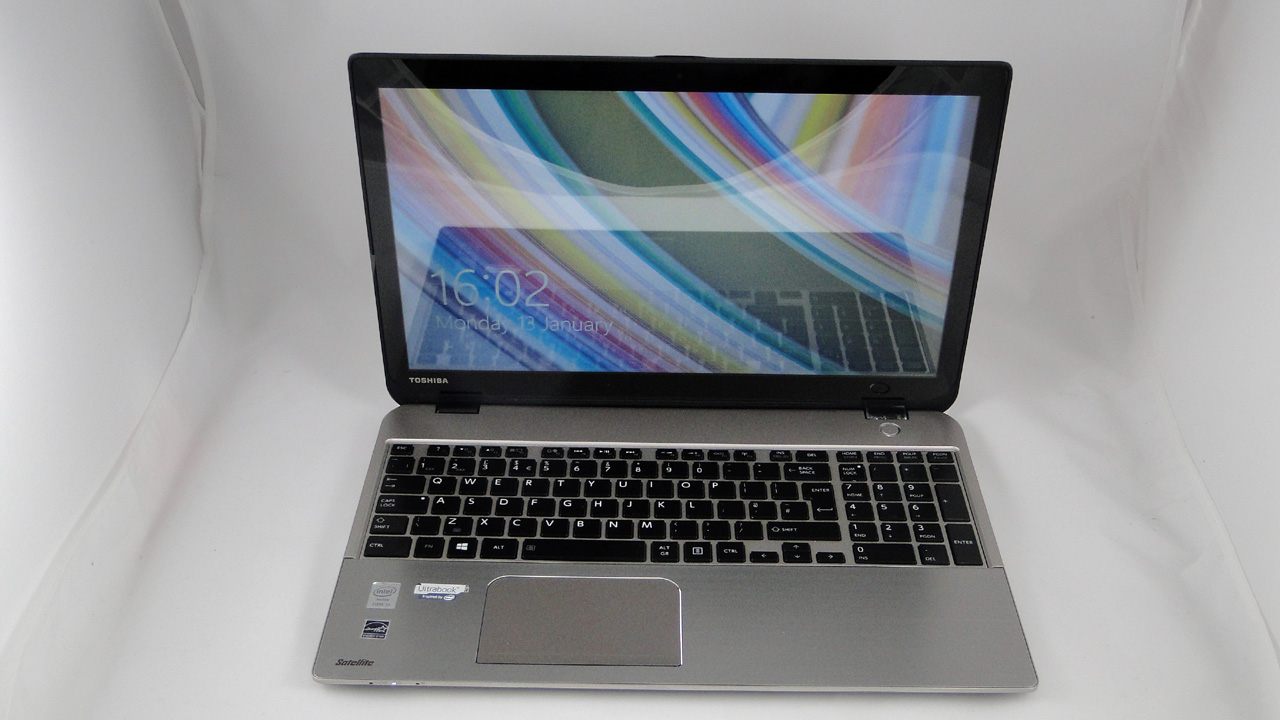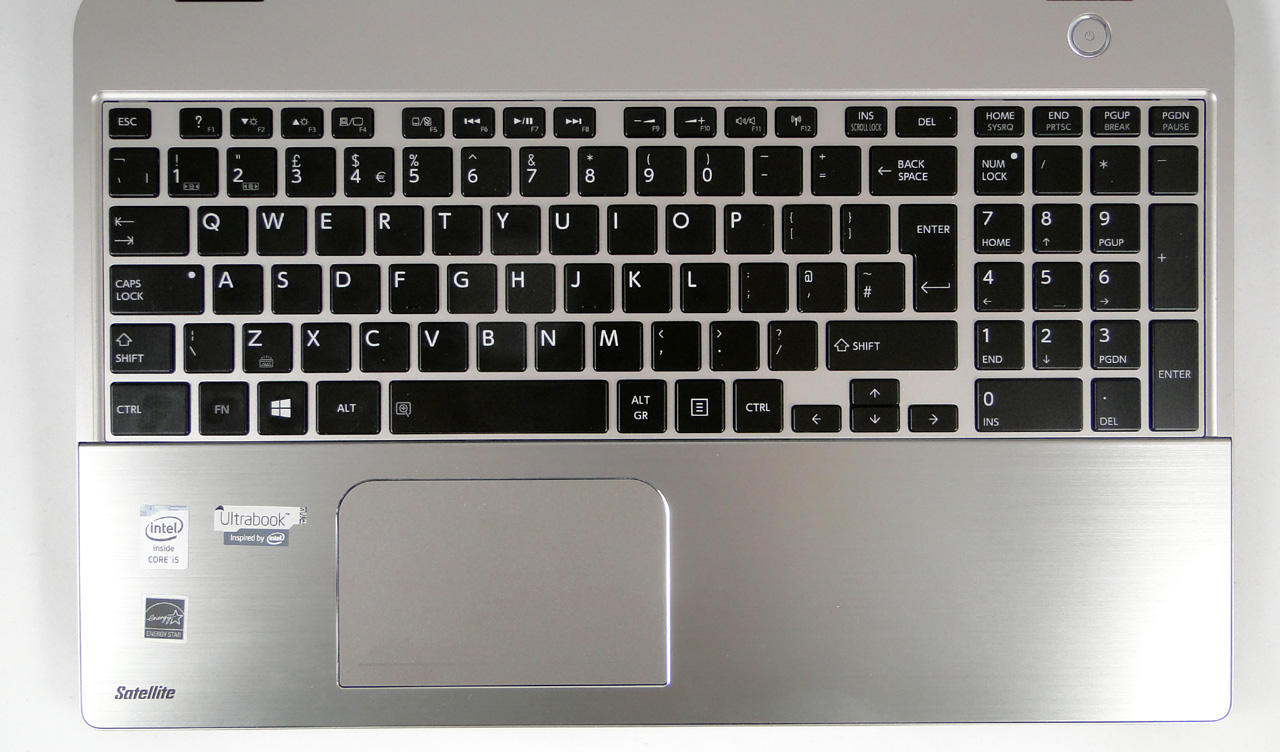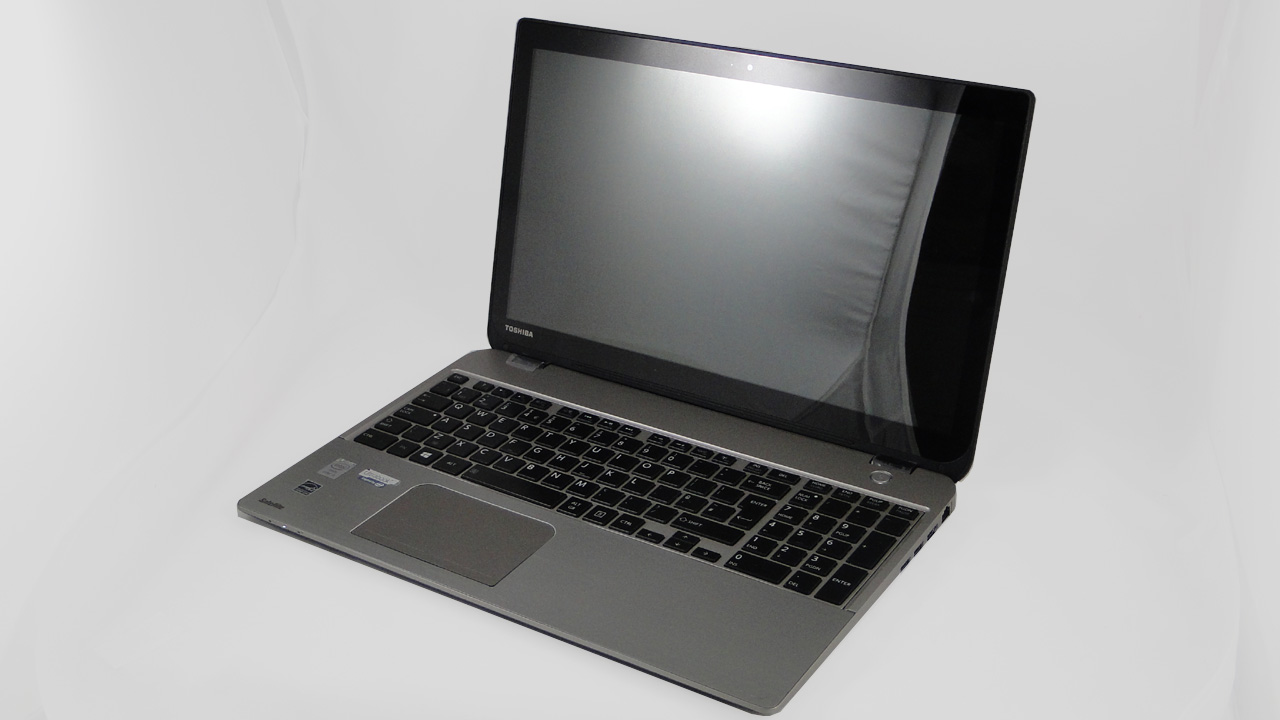Why you can trust TechRadar
Benchmarks
3D Mark: Ice Storm: 37,565, Cloud Gate: 4,317, Fire Strike: 555
Cinebench 11.5: CPU performance: 2.31pts, OpenGL graphics performance 16.3fps
Battery life (720p HD video): 6 hours 40 minutes
Intel's Haswell-generation CPUs have been knocking around for a little while now. So, there isn't a great deal of mystery surrounding the CPU performance of the Intel Core i5-4200U. It's a very solid dual-core, quad-thread chip from with decent clockspeeds and based on the most advanced PC processor architecture you can currently buy.
So, for most people, most of the time, it delivers more than enough grunt for a great mobile computing experience. Whether it's web browsing, watching movies or even a little content creation in an application like
The graphics part of the Intel Core i5-4200U and its Intel HD Graphics 4400 is just as familiar. But it may not be quite as pleasing, depending on your requirements. Like we said, video playback including 1080p content is a non issue and 4K ultra-HD is off the menu in any case because neither the screen not the HDMI port supports it.
Where you might come unstuck, however, is gaming. As ever, subjectives apply. You can get most games, even the latest titles to run. Whether you'll actually want to play the end result is another matter. Much depends on the game title in question.

If you like playing classics like the original Counter-Strike shooter, for instance, you're golden. It'll fly on the Satellite. Moderately demanding games like World of Warcraft are reasonably playable, too.
But fire up something really demanding like, oh, Crysis 3 and you'll have to crush all the settings and you still probably won't be happy with the performance. Even by Intel integrated standards, there are much faster graphics solutions.
Which is fine, since this isn't pitched as a gaming portable. Less acceptable, however, is the screen itself. The stingy 1,366 by 768 pixel resolution is one thing.
But the absolutely tragic viewing angles and contrast are quite another. This really is the type of painfully poor LCD panel that we thought we'd seen the back of by 2014. The glossy screen cover and LED backlight do nothing to offset this.
It's a pity because this in many ways is a rather nice machine for the money. It looks great, feels very solid, even if much of the chassis is plastic bar the brushed metal palmrest and screen back, and the backlit keyboard feels robust and tactile.

The battery life is decent, too, and delivers on the six-hour Ultrabook minimum when it comes to HD video playback. In normal usage, this is just about an all-day mains free portable, which is the critical metric.
The final part of the performance puzzle is storage. Here's the message is somewhat mixed. In terms of sequential performance, you're looking at largely magnetic-drive style performance around the 100MB/s mark. But for random writes, it clocks up 23MB/s which is mediocre for an SSD, but beats conventional magnetic drives hands down.
Sadly, the random reads were down at 1.6MB/s, so barely better than a magnetic drive. The subjective experience reflects this. At times the hybrid storage feels snappy and SSD like. At others (typically one off tasks like updating Windows or unzipping a large archive) it feels nothing like as zippy as an SSD.
Technology and cars. Increasingly the twain shall meet. Which is handy, because Jeremy (Twitter) is addicted to both. Long-time tech journalist, former editor of iCar magazine and incumbent car guru for T3 magazine, Jeremy reckons in-car technology is about to go thermonuclear. No, not exploding cars. That would be silly. And dangerous. But rather an explosive period of unprecedented innovation. Enjoy the ride.
